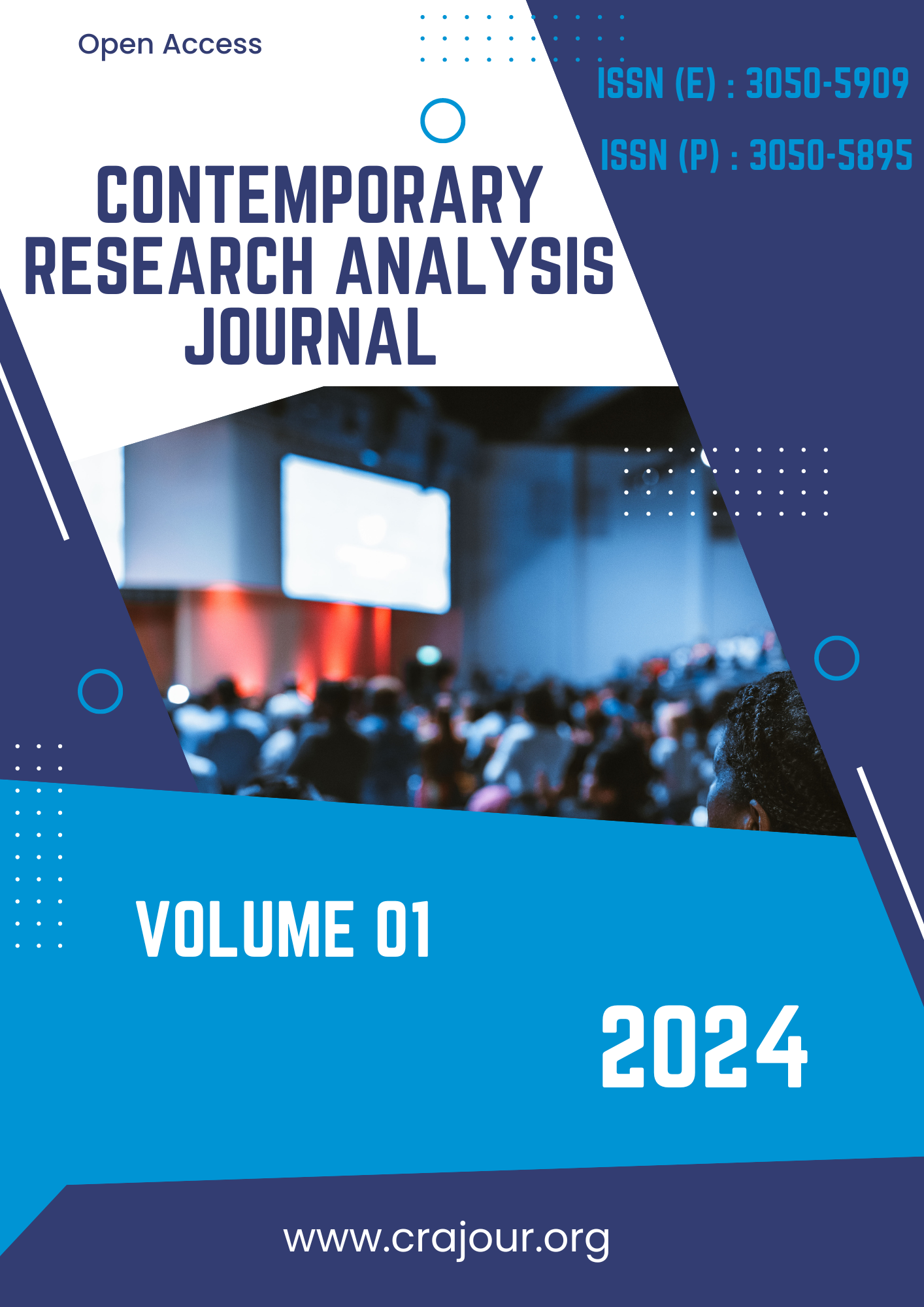The Quality of the Air we Breathe is Getting Worse, the Dust can be Dangerous: In what way?
DOI:
https://doi.org/10.55677/CRAJ/03-2024-Vol01I3Keywords:
air quality, air pollution, geoengineering, stratospheric aerosols, air purificationAbstract
Based on the observation that air quality measuring devices have shown increased levels of dust pollution in recent years, we carried out an investigation over two years. This confirmed the assumption of increasing air pollution: a significant increase in the parts per million of dust particles. By analysing the filter contents of an air ionizer, we were able to find various pollutants: Arsenic, aluminum, titanium, fluorides, barium as well as mold spores. The causes can be assumed to be Geoengineering, Solar Radiation Management and Stratospheric Aerosol Injection. Air purification devices are therefore becoming increasingly important.
References
https://elysionwasser.ch/produkt/luftionisierer/
Keith, David W. (2013): A Case for Climate Engineering. MIT Press.
Gardiner, Stephen M., et al (eds.) (2010): Climate Ethics: Essential Readings. Oxford University Press.
Royal Society (2009): Geoengineering the Climate: Science, Governance and Uncertainty.
Crutzen, Paul J. (2006): Albedo Enhancement by Stratospheric Sulfur Injections: A Contribution to Resolve a Policy Dilemma? In: Climatic Change, Vol. 77, No. 3-4, pp. 211-219.
Caldeira, Ken, and David W. Keith (2010): The Need for Climate Engineering Research. In: Issues in Science and Technology, Vol. 27, No. 1, pp. 57-62.
Robock, Alan, et al (2009): A Test for Geoengineering? Science, Vol. 327, No. 5965, pp. 530-531.
National Research Council (2015): Climate Intervention: Reflecting Sunlight to Cool Earth. National Academies Press.
Intergovernmental Panel on Climate Change (IPCC) (2021): Climate Change 2021: The Physical Science Basis.
Rickels, Wilfried, et al (eds.) (2014): The Future of Geoengineering Research: A Review of Major Proposals. Springer.
Keith, David W. (2013): A Case for Climate Engineering. MIT Press.
Preston, Christopher J. (2012): Engineering the Climate: The Ethics of Solar Radiation Management. Lexington Books.
Caldeira, Ken, and Lowell Wood (2008): Global and Arctic Climate Engineering: Numerical Model Studies. In: Philosophical Transactions of the Royal Society A, Vol. 366, No. 1882, pp. 4039-4056.
Robock, Alan, et al (2008): Regional Climate Responses to Geoengineering with Tropical and Arctic SO2 Injections. In: Journal of Geophysical Research: Atmospheres, Vol. 113, D16101.
Keith, David W., et al. (2010): The Influence of Large-Scale Wind Power on Global Climate. In: Proceedings of the National Academy of Sciences, Vol. 107, No. 25, pp. 12433-12438.
Robock, Alan (2009): Benefits and Risks of Stratospheric Solar Geoengineering. In: Geophysical Research Letters, Vol. 36, L19703.
National Research Council (2015): Climate Intervention: Reflecting Sunlight to Cool Earth. National Academies Press.
Royal Society (2009): Geoengineering the Climate: Science, Governance and Uncertainty.
Intergovernmental Panel on Climate Change (IPCC) (2021): Climate Change 2021: The Physical Science Basis.
McClellan, Justin (2012): Geoengineering: Design, Technology, and Impacts of Stratospheric Solar Radiation Management. Dissertation, Massachusetts Institute of Technology.
Preston, Christopher J. (2012): Engineering the Climate: The Ethics of Solar Radiation Management. Lexington Books.
Tilmes, Simone, et al. (2009): The Impact of Geoengineered Aerosols on the Stratospheric Ozone Layer. In: Geophysical Research Letters, Vol. 36, L03805.
Keith, David W., et al. (2010): Stratospheric Solar Geoengineering without Ozone Loss. In: Proceedings of the National Academy of Sciences, Vol. 107, No. 16, pp. 6410-6415.
Downloads
Published
Issue
Section
License
Copyright (c) 2024 Contemporary Research Analysis Journal

This work is licensed under a Creative Commons Attribution 4.0 International License.



